
Danjmath
-
Posts
33 -
Joined
-
Last visited
Content Type
Profiles
Forums
Articles
Gallery
Downloads
Events
Posts posted by Danjmath
-
-
Found a holland swage on ebay, then found your website, where it was a little cheaper, then came to iforgeiron to checkout reviews on it.
Not bad when the manufacturer is on the forum.
I'll be honest, when I saw the price I also thought for a split second about buying a few extra and selling them locally at a mark-up. I'll stick with just showing it off at the local blacksmithing guild (assuming I like the product, but it seems good.)
Now I just need to decide which model I want.
-
25 minutes ago, Irondragon Forge & Clay said:
Instead of ITC-100, I would use Plistix or metrikote.
Good advice.
I actually have Plistix, and this is a bit off topic, but where is the best place to get more. Hard Knock Forge, where I got my original bag from, seems to have been out of stock for a while.
-
I may try a lined Kaowool plug, see if I can make a removable one.
Thanks everyone!
-
-
I bought all the things I needed to build a better forge than the cobbled together fire-brick/Frosty T-burner I started with, but while looking for used #100 propane tank, I found someone selling a barley used custom forge together will a full #100 tank. It was only $100 more than a new full tank so I pulled the trigger. Problem is, its much larger than I was looking for/need.
The dimensions are 16" long, 6" inner diameter/ Its forced air, with the burner right in the middle, and 3" of refractory all around it.
So far I have done one long (20" total length) knife where I actually was glad of the length, but usually its way overkill.
It actually runs pretty efficient once it gets up to heat, I go from 4-10 PSI depending on what I'm doing.
Is there anything I could do to improve the efficiency? There were 2 things I was going to try.
1. Add a coat of ITC-100 or something similar.
2. Build a removeble 'plug' to put in the back 6 inches. I have Kaowool and mizzou refractory I could use to do this.
Would either/both of those increase the efficiency?
Then again, there is also option 3: Build the forge I was originally planning on, and save this monster for the rare occasions when I need it, but I would rather put the limited time I have into working metal, and my shop is too small, and I don't think I could put anything else in it.
Thoughts/comments are appreciated.
-
Buy it before I do. That is a steal.
-
I have seen a (very) few reviews for the OBM surface grinder, but all of them were people that had just gotten it with initial impressions.
https://originblademaker.com/product/belt-grinder-2x72-attachment/
I have their grinder, and have been pleased with it.
The surface grinder appeals to me because I mostly make Damascus and knifes, and spend way to much time getting my steel into consistent bar stock, plus, I have a tiny shop with too many tools already, so being able to just have an attachment instead of a whole new machine is a big plus.
Does anyone have experience using these over a longer period of time? Do the last and do what they are meant to?
I don't care too much about exact precision as long as it will give consistent flat results and save me time.
Are the worth the price(way cheaper than any stone grinder).
Thanks,
-
The forge weld went fine, working on getting everything in shape.
My dad takes pretty good care of his tools, but since it is a garden tool I worry it might rust quickly.
Is this something I should worry about, and if so is there some kind of coating/treatment I can do at home?
-
My only other steel long enough is a piece of 1095, which I am not going to be able to heat treat very well and is not ideal for the purposes, or mystery old lumber saw.
-
Mediocre, I've made a few small Damascus billets fine, but thats about it. My MIG welding skills are a little better, but nothing to brag about.
-
On 5/3/2018 at 9:38 AM, John in Oly, WA said:
I think I'm going to make one this style, problem is, my stock is not long enough.
I'm thinking I will tack 2 pieces of 1080 at a 90 angle to form the V, and then forge weld them together.
Anyone have a reason why that would be a bad idea?
-
On 5/3/2018 at 1:20 PM, Kozzy said:
Couple of notes on this because I use one all the time--it's my weeder of choice in many areas.
1) Be sure the profile is designed to allow for easy sharpening.
2) Fairly square bottom corners makes it easier to get close to the "good" plants when whacking out weeds.
3) No matter what you do, the stirrup will come a little loose on the handle over time. Handles shrink, stuff wears, etc.
4) Longer handle than you think is necessary---shorter handles will turn you spine to pudding quickly
Oh...and an addendum--handle diameter that works with gloves on. These things are blister makers.
Thanks, great advice.
-
My dad really wants a hand-forged push-pull hoe for his birthday, so I get to try something new.
First of all, what steel should I use.
I have 1080, 52100, mystery-metal in an old lumber saw, and somewhere some 5160 that is really thick and will be a pain to forge by hand. I need to order some steel soon as well, so I could get anything that isn't too expensive.
Second, does anyone know a good way to attach the how to a handle?
My thought was to use a garage spring, and weld it to the hoe, then weld that to a "cup-sleeve" (I'm sure there is a better term for this) and put a rivet through the sleeve/wood, but am open to suggestions.
Thanks!
-
I have an quite old HF drill press which is wasting me money.
I mostly make knifes, and its taking me too long and costing me too much in damaged drill bits going through annealed metal.
I have to go at higher speeds than I should, because at lower speeds it just stalls at the first contact.
Someone is selling a Firestorm Drill Press near me for $50. Will this be any better than my HF, and if so, good enough to drill through annealed blade steel?
If not, how powerful of a drill should I get?
-
I am trying to make a Yanagi-ba(sushi knife) for the first time.
I've got the blade rough-ground and heat treated, and am trying to decide if I should do the flat grind or hollow grind first.
I would guess the flat to an almost finished state, but I'm afraid when I try the hollow on the back I'm going to mess it up and have to regrind.
The all powerful search tool seems to have failed me for the first time on the "when" of this kind of grind, although I have a different methods on the "how".
Any advice would be appreciated.
-
On 3/29/2018 at 9:11 AM, Jclonts82 said:
I kept gas on it, elctric would be stronger, but I like the portability for the dual purpose. Plus that is more work and time for a conversion than I had available.
I purpose re-built it because I did a billet by hand with 52100 in it, and thought to myself, never again...
Any change you can send me some pics? Trying to decide if this is something I want to do, and wondering how viable it is to really have a dual purpose machine, how much work it would be, and if it is a cost effective way to build a press.
After today this goes back up to $900, and I need to decide if its worth pulling the trigger on this.
-
On 11/1/2017 at 2:53 PM, Jclonts82 said:
I bought a "25 ton" log splitter for doing just that, splitting logs. However I decided to get some dual function out of it and made it convertible into a blacksmith press. I bought a cheap-o "Country-line" Tractor Supply Store brand, right around $900. That is available in most places in the US, where are you located?
I used 2 X 5" long pieces of about 75 weight railroad rail for dies. I ground a step in the face of each and welded a piece of heavy angle iron in each step to act as a flattening die, while allowing the drawing 1/2 to close completely. For me it works quite well. Does it work as good as a purpose-built press, no, but plenty good enough for my needs. I have used it to stretch out a 3" thick, 1.5" wide, 4" long damascus billet (W2 and 52100) to about 13 inches long in short order, IIRC 4-5 heats.
I hope this helps you.
My local tractor supply has the one on sale for $780 atm, was really thinking about doing that (dual function, although I would use it more as a blacksmithing press than as a log splitter). Did you just keep the gas engine on it, or convert it to electric?
-
Thanks. Most of videos I watched on making mokume used torches, probably because they were mostly jewelers and don't own forges.
-
Going to make some coin mokume today. I have done it successfully in my gas forge before, but I was wondering if it would be worth the cost of using my O/A torch and making it in a vice instead?
I have talked to people who do it both ways, but does anyone have advice on which is better (and if using the torch is enough better to offset the cost).
-
Looks wonderful. I have been hankering to try a feather pattern. Any tips for someone trying that pattern for the first time?
-
I can find the metals online, but at prices that are unreasonable, especially the nickle and silver. Copper I have found a local fabricating shop that has them at reasonable prices.
-
I recently had some fun making some quarter/50 cent mokume gane, and want to try making some with sheet metal.
Does anyone know of a good place to buy copper/brass/nickel/silver sheets? Everywhere I look seems to charge ridiculous prices over the value of the metal.
Thanks.
-
I'm starting new forge/burner now, and think I'm going to do one of these.
Had a few questions. How deep is the plenum (and does it make much difference).
Would I need to adjust the size from Frosty's 21-hole for a #20 propane tank forge with 2" kaowool and .5" refractory, or would that work with that small of a forge.
Thanks
-
Wasn't sure if this belonged in shop or tools, so I stuck it here.
I am sick of cutting everything with my angle grinder, and got wife approval for a band saw (mostly because it also has non-blacksmith purposes).
Anyways, do you find the portable band saws or the stationary ones more useful (if you could only have one.)
I also take into consideration that porta is cheaper, but I got permission for "A band saw" so I could do either.
Thanks.
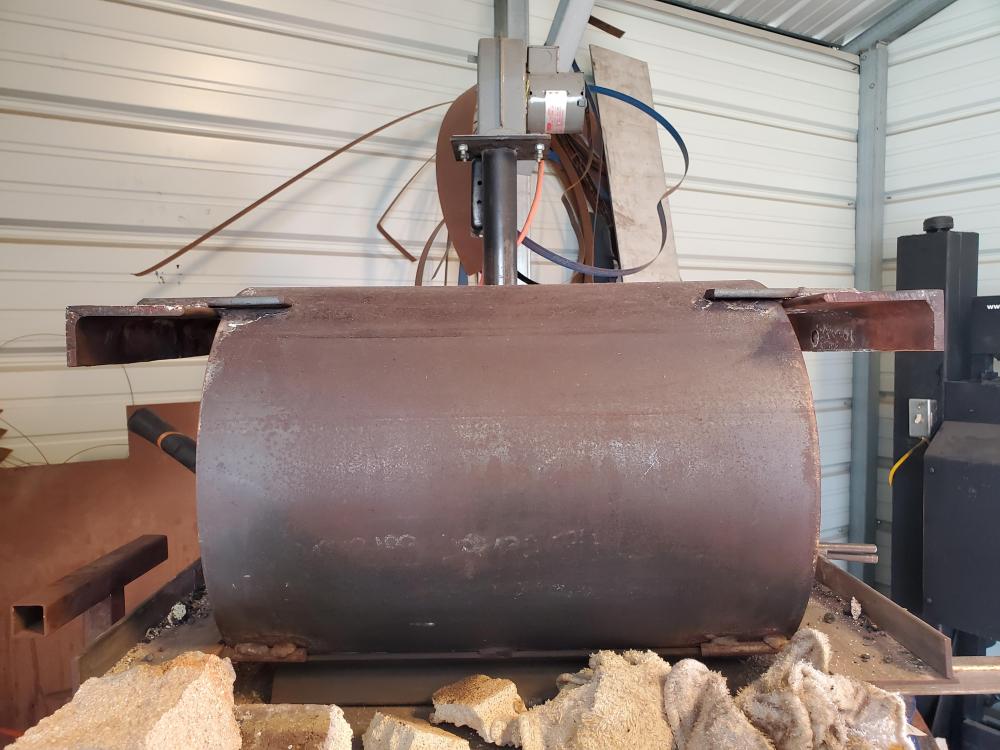
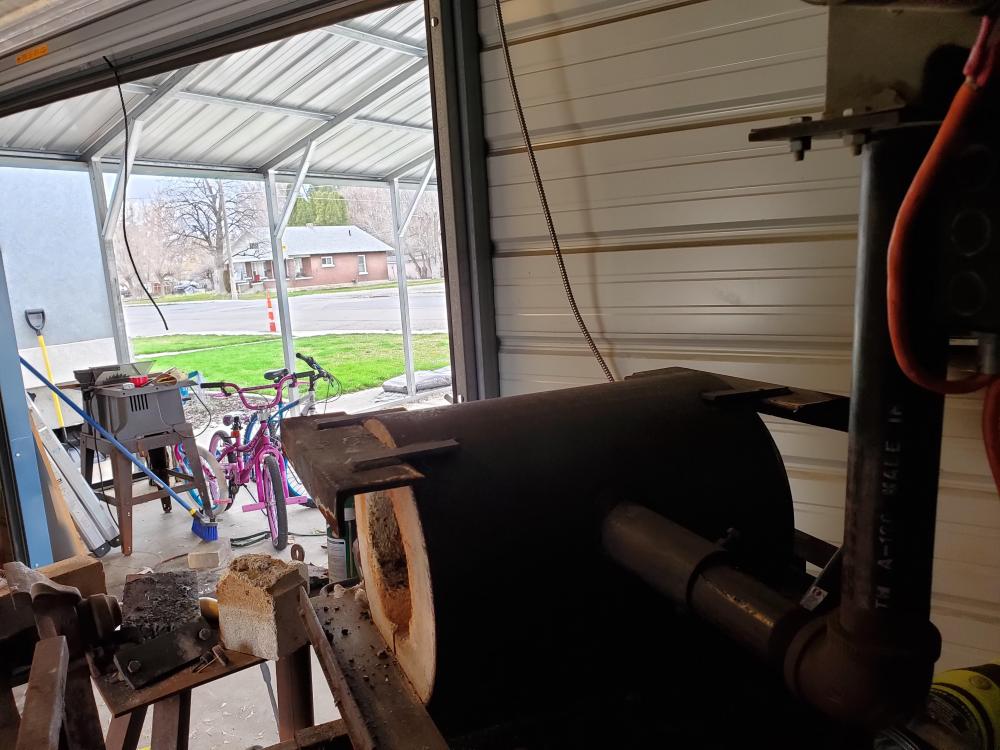
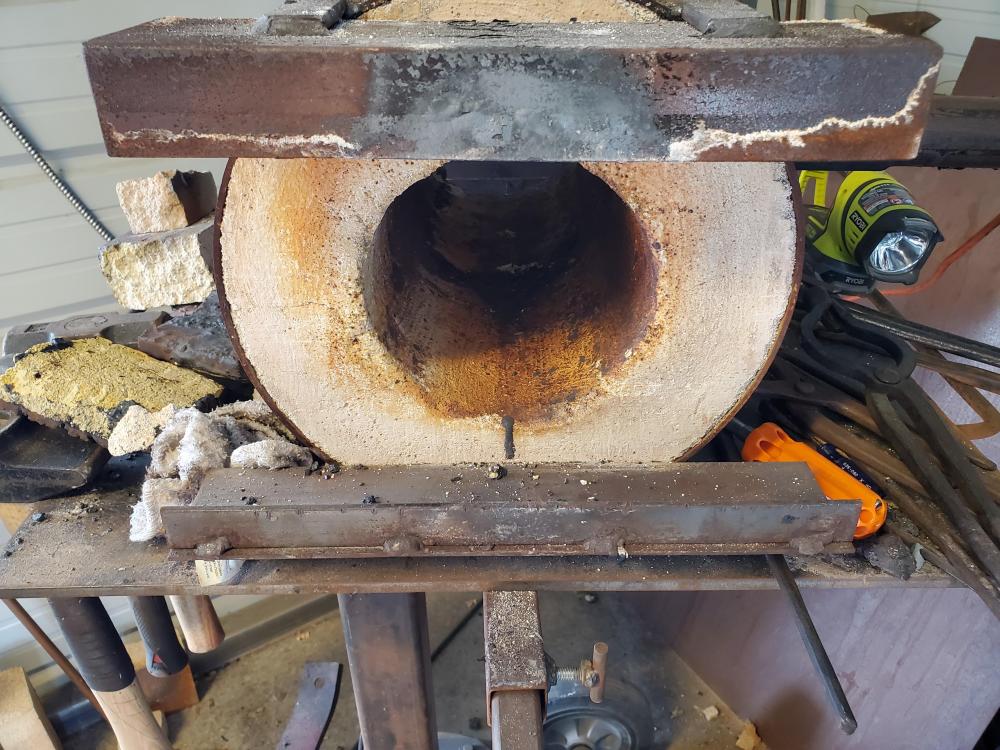
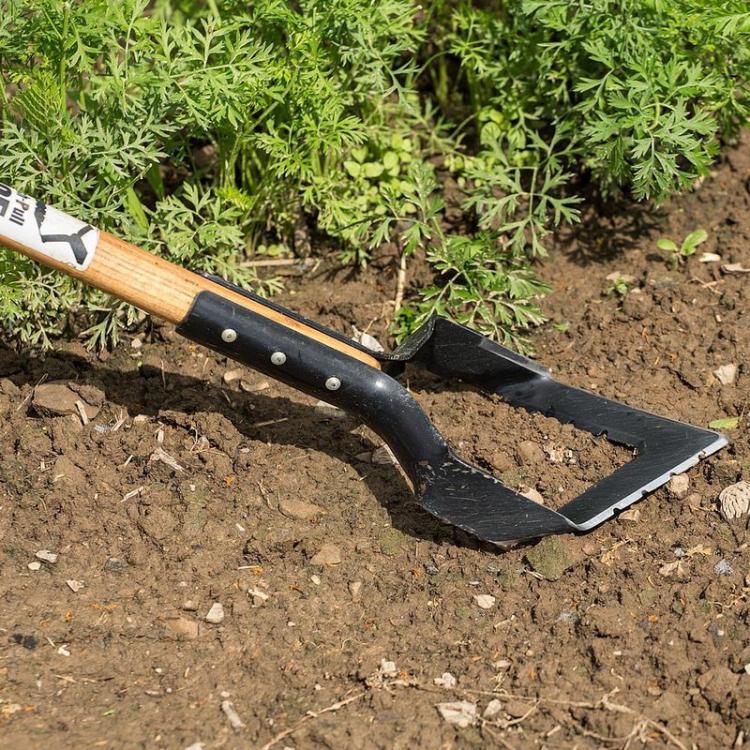
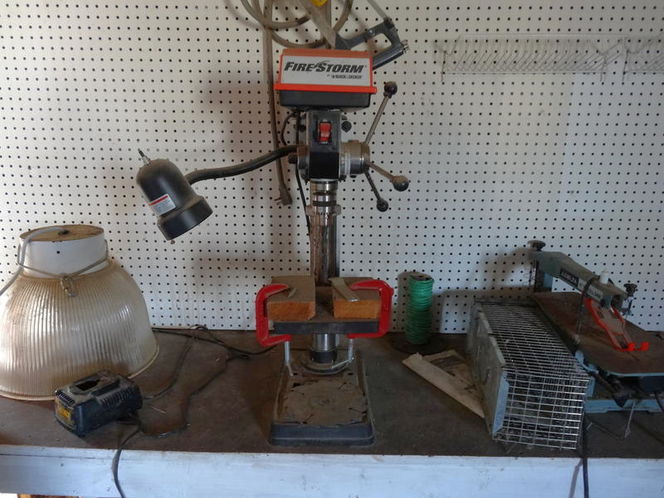
Feather Mokume?
in Mokume Gane
Posted
Making up a new batch of copper/nickel mokume, and I was considering how I was going to pattern it.
It seems like a feather pattern would be quite striking, but I don't know if it would work.
First issue I see is that it would be a low-layer feather, just stack then cut, and I don't know how that would look.
Second and main concern is forging the 2 cut pieces back together. From what I understand these non-ferrous metals won't stick to themselves.
Has anyone ever tried this, or have any advice on how to do it?